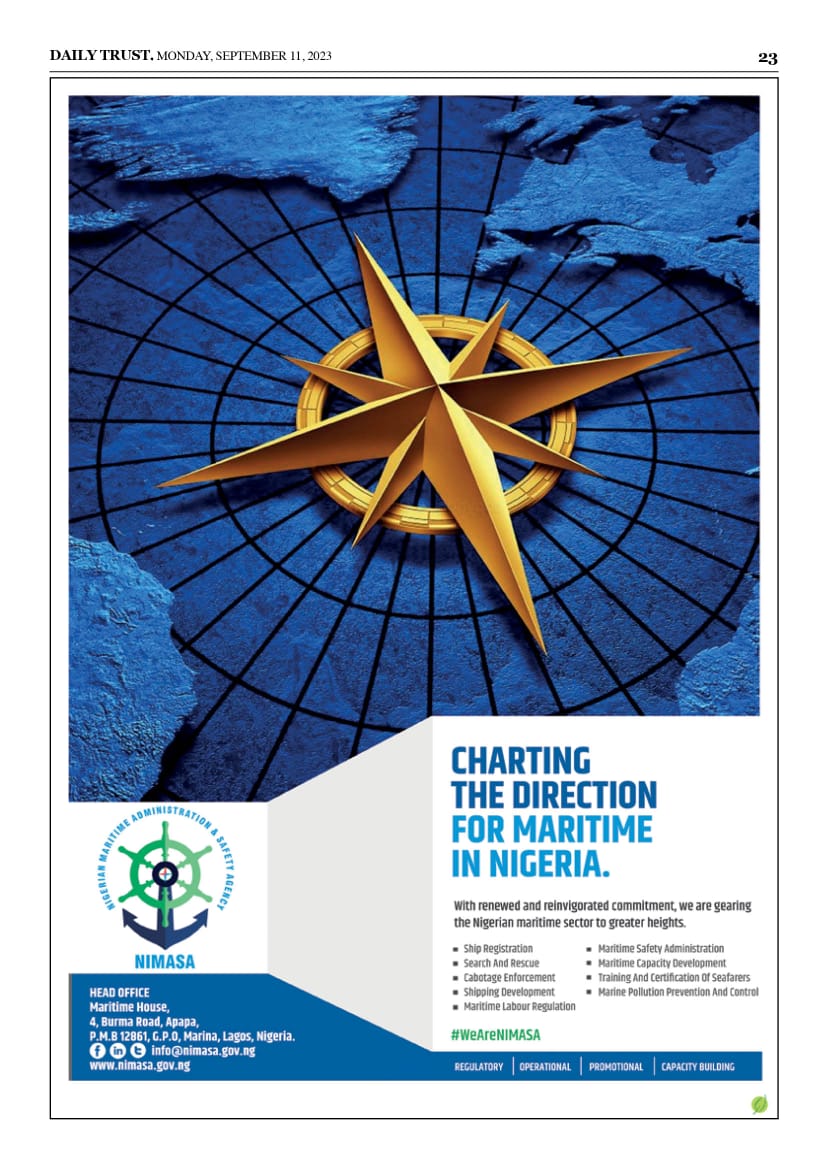By DR SOLOMON ABUTOH
Breast Cancer is a malignant tumor that starts in the cells of the breast. A malignant tumor is a group of cancer cells that can grow into (invade) nearby tissues or spread (metastasized) to distant parts of the body. Breast cancer happens mostly in women, but men can have it as well.
The female breast consists mainly of;
1. Lobules – Milk-producing glands
2. Ducts – tiny tubes that carry the milk from the lobules to the nipples.
3. Struma – fatty tissues and connective tissues, blood vessels and lymphatic vessels.
Most cancers start in the ducts; others in the lobules, while a small start in other tissues. Cancer remains one of the leading causes of morbidity and mortality worldwide.
New cases worldwide expected to increase to more than 15 million, by 2020, with deaths increasing to 12million.

In Nigeria 500,000 new cases diagnosed annually. Breast cancer presents a huge burden on the Nigeria Nation, – increasing prevalence – Afflicts relatively young women.
– Runs an aggressive course
– Late presentation or report to hospital
– Bulky and scirrhous tumor.
SIGNS AND SYMPTOMS:
1. Unusual lump or mass (painless, hard and irregular shape in the breast)
2. Watery discharge (sometimes with blood)
3. Assymentary of the breast (one heavier, drops lower than the other)
4. Retracting nipples and skin irritation.
5. Pains in and around the breast (tender soft, or rounded).
6. Redness, scaliness or thickening of the nipple or breast skin.
CAUSES:
1. HEREDITARY: about 5% to 10% breast cancer cases are attributable to hereditary, i.e they are caused by gene defects. (Mutations) passed on from a parent.
BRCA1 & BRCA2- gene changes in normal cells, these help prevent cancer by making protein that helps keep the cells from growing out of control. Inheriting a mutated copy of either genes from a parent, you have a high risk of developing breast cancer during life time. Mutation-linked BRC occur more often in younger women and often affect both breasts than those not linked to mutation. Such category are at risk for developing other cancers, particularly ovarian cancer. 1 out of 8 invasive breast cancers are found in women younger than 45 while 2 of 3 cases are found in the women 55 older.
2. EXPOSURE TO MENSTRUATION BEFORE AGE 12 AND AFTER AGE 55 (due to a longer life time exposure to the hormones estrogen and progesterone
3. PREVIOUS CHEST RADIATION: women who as children or young adults where treated with radiation therapy to the chest for another cancer have increased breast cancer risk. The risk is highest if the radiation was given during adolescences, when the breasts were still developing.
4. LONG EXPOSURE TO ORAL CONTRACEPTIVE PILLS.
STAGES: T1 – > 1 – 5mm – T1a; 5 – 10mm – T1b; 10 – 20mm T1c. T2 : 20 – 50mm (upper) T3 :>50mm.
T4>50mm with direct extension to the chest wall and or to the skin (ulceration or skin nodules) ; Extension to the chest wall, not including only pectoralis muscles adherence /invasion, ulceration and or ipsilateral satellite nodules and or edema of the skin.
PROPHYLACTIC/TREATMENT:
1. Tests such as Mammogram or Magnetic Resonance Imaging (MRI) Biopsy – taking sample of the lump with a syringe, sending same for test.
2. Regular breast self examination (lieing down and feeling for lumps)
3. Mastectomy (surgical removal of the breast).
4. Oophorectomy (removal of the ovaries – source of oestrogen)
5. Chemotherapy/Radiation therapy
ALCOHOL CONSUMPTION: is clearly linked to an increased breast cancer risk. Excessive consumption of alcohol is known to increase the risk of developing other cancers.
OVERWEIGHT: Obesity after menopause increases breast cancer risk. Ovaries stop making oestrogen after menopause; now comes from fatty tissue. Obesity also produces higher insulin levels, linked to other cancers too. Waist fats are more dangerous than thighs and hips.
Physical activity in form of exercise reduces breast cancer risk as little as 1 – 2hrs per week of brisk walking reduces risk by 18%.
CHILD BEARING: Women who have not had children or had their first child after age 30 have slightly higher breast cancer risk. Many pregnancies and becoming pregnant at an early age reduces breast cancer risk.
BIRTH CONTROL: Using Oral Contraceptive control pills- Injectable Progesterone (Depot- medroxy progesterone acetate (DMPA) given every 3 months.
HORMONE THERAPY AFTER MENOPAUSE – for treatment of menopause and preventing of osteoporosis.
NB: combined use of oestrogen and progesterone – increase risks of and dieing from breast cancer. Oestrogen therapy alone is relatively safe for women who have had hysterectomy (no uterus or womb)
BREAST FEEDING: breast feeding for at least a year reduces a woman’s total number of life time menstrual cycles (same as starting menstrual periods at a later age or early menopause)
DIET: Reduction in diet high in polyunsaturated, mono or saturated fats. Same also for consumption of red meat (beef). Fish or poultry diet high in fruits and vegetables are recommended. Clean water in place of soft or carbonated drinks.
ENVIRONMENTAL: Chemicals in the environment have oestrogene-like properties e.g substances found in plastics, cosmetics, personal care products, pesticides.
TOBACCO SMOKE: Women who smoke are at a high risk of breast cancer. Chemicals in tobacco smokes reach breast tissues and are found in breast milk – (second hand smoke is also dangerous). Bras, Breast implants – studies not conclusive, implants however linked to lymphoma called anoplastic large cell lymphoma.
The human body has the capacity to heal itself of any disease, cancer inclusive, given the right food, environment, and situation. Any wonder Hippocrates once postulated “thy food shall be thy medicine and thy medicine thy food.” This is known as or called the Vital or Life-Force.
DR SOLOMON ABUTOH
TEL: 08034499192
E-mail: [email protected]








